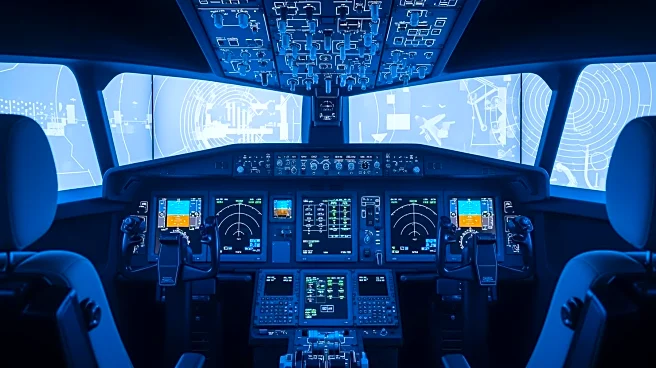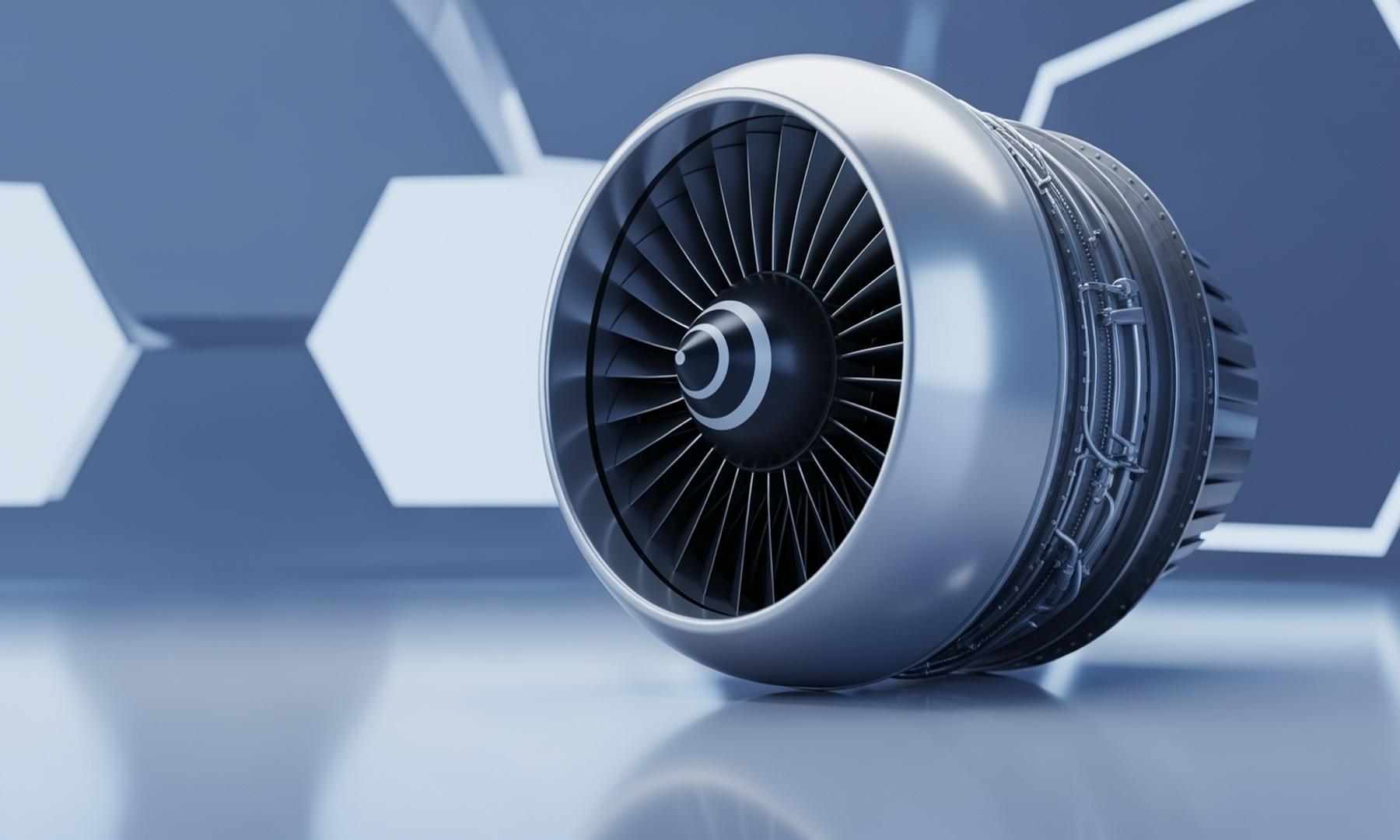What's Happening?
The aviation industry is grappling with significant workforce challenges, as highlighted during the recent MRO Europe conference. Industry leaders discussed the urgent need to train, retain, and transfer knowledge to the next generation of maintenance
professionals. Airbus and Boeing project a global demand for over 700,000 new technicians by 2040, while CAE anticipates that 83% of current maintenance staff will retire within the next decade. Companies like Ryanair are addressing this by developing internal training programs, such as a five-year academy that produces fully licensed engineers. However, there is concern over the fragmented approach to training, with each company establishing its own academy. The panel also emphasized the importance of mentorship and adapting training methods to include technology like augmented reality to enhance learning.
Why It's Important?
The workforce challenges in the aviation industry have significant implications for the sector's future. As the demand for air travel and maintenance services grows, the shortage of skilled technicians could impact operational efficiency and safety. Companies that successfully train and retain talent may gain a competitive edge, while those that fail to adapt could face operational disruptions. The industry's ability to innovate in training and attract younger generations is crucial for sustaining growth and meeting future demands. The discussion also highlights the need for global harmonization of training standards to facilitate the transferability of technician credentials, which could enhance workforce mobility and efficiency.
What's Next?
The aviation industry is likely to see increased collaboration among companies and possibly with governments to address workforce training challenges. There may be a push towards creating shared training resources and standards to streamline the development of skilled technicians. Companies might also invest more in technology-driven training solutions to accelerate learning and make the sector more appealing to younger workers. The industry will need to monitor the effectiveness of these initiatives and adapt strategies as necessary to ensure a steady pipeline of qualified maintenance professionals.
Beyond the Headlines
The workforce challenges in the aviation industry also raise broader questions about the sustainability of current training models and the role of technology in education. As companies invest in in-house academies, there is a risk of creating silos that limit knowledge sharing and innovation. The industry's response to these challenges could set a precedent for other sectors facing similar workforce issues. Additionally, the emphasis on digital and analytical skills reflects a broader trend towards the digitization of industries, which could have long-term implications for workforce development and economic competitiveness.















